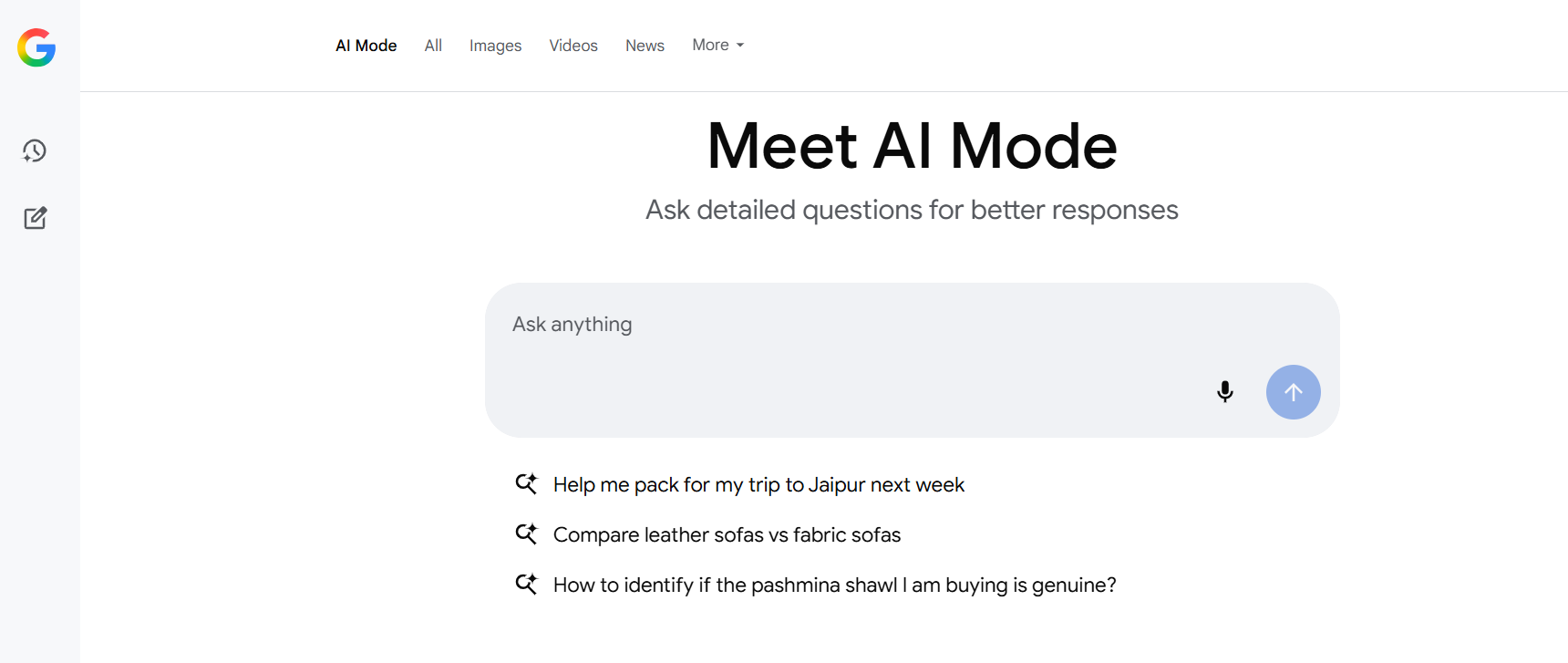The previous year has been a struggle for the healthcare industry. While the healthcare industry was initially hesitant to inculcate technology in their ecosystem, it was the need of the hour to implement technology to help them move forward with their operations. The Novel Coronavirus has interrupted the daily functions carried out in healthcare facilities. The safety of the employees, healthcare professionals, and various other administrative and management staff was at the tip of the knife. This whole scenario brought in a whole new ball game of challenges and risks that the healthcare industry had to battle against.
One year down the lane, and the conversations about the safety of healthcare professionals, staff, and other healthcare service providers are not going anywhere. However, the implementation of technology in healthcare facilities has exponentially lowered the risks of contracting the virus and also reduced clinical burnouts of the employees. The emergence of advanced technology in healthcare has benefitted healthcare professionals to a great extent which resulted in saving more and more lives. Technology is rapidly growing in the healthcare industry and it will soon become the core foundation of modern healthcare.
While there is no doubt that it is revolutionizing the healthcare industry, is it covering every aspect of the industry?
With each passing day, more healthcare facilities are moving towards the direction of technology for better and faster operations and higher consumer satisfaction. However, there are still significant gaps we must overcome. Implementation of technology can be expensive and may lead to fatal results if we do not understand what we lack. Development in technology to improve healthcare communication is one such considerable gap that we must focus on at the moment.
Poor communication is a significant contributor to the element of poor quality healthcare service. Poor communication has led to preventable deaths of patients and according to a study conducted by an organization, it results in 44000 – 98000 patients deaths every year. Technology can be a solution to this problem. It is vital that we inculcate technology into the current healthcare practices to achieve better communications in the industry.
In this article, we will discuss the various ways we can improve communication in the healthcare industry and help you understand the ramifications of poor communication in the healthcare sector.
The Effects in The Healthcare Industry of Poor Communication:
Ineffective communication has brought its own share of adverse effects on the table. Whether it is poor communication between healthcare professionals and patients or among healthcare service providers the effects of it are dreadful.
The adverse effects of poor communication in the healthcare industry are divided into categories below:
Ineffective communication among healthcare service providers
- Poor organization
- Poor patient care
- Increased casualties
- Low productivity
Ineffective communication between patients and healthcare professionals are:
- Irregular follow-ups
- Consumers not satisfied with your service
- Incorrect recommendations
- Wrong prescriptions and diagnosis
How can technology help in improving communication in the healthcare industry?
The implementation of technology has helped reframe the healthcare industry continuously. Technology that is handy, easy to learn, and customizable can improve communication in the healthcare sector considerably. Below are the 5 technologies that ensure effective communication in the healthcare industry:
Blockchain-Based Healthcare technology: Applications that are based on blockchain technology specifically created for the healthcare industry allows patients and doctors to store data securely. A few features of this technology is it decentralizes data and no central authority is in charge or controls the medical information. Once data is entered and saved in the application it cannot be altered. All medical information saved in this application is secured with cryptographic keys and saved in chronological order.
Blockchains help improve communication as all the information is saved in one secured source and all stakeholders can access it. The immutable feature of blockchain technology helps in building trust and ensures that all information is authentic. Transaction updates are securely given to the stakeholders and it makes for a quick and easy payment method with the time-stamped records.
Telehealth: Telehealth means providing healthcare and medical services using telecommunication. It ensures that patients receive faster treatment and can consult with their doctors from the comfort of their homes without having to go through the hassle of scheduling appointments. Medical facilities can avail a telemedicine service by getting smartphone applications built for them. SoftGrid Computers can help you build a tailor-made application that suits your requirements.
E-Prescribing: Electronic prescriptions or E-prescribing refers to doctors providing medical prescriptions to patients through electronic devices. E-prescribing enhances the efficiency as it ensures that the medications are mentioned clearly. It improves accuracy as the prescription is also sent to the pharmacy and reduces the scope of medication errors. The number of doses is mentioned in the prescription and so the patient receives the amount they are supposed to, it is free from human errors.
Electronic Health Records: Digitized health records of patients are called Electronic Health Records or EHRs. This technology ensures that healthcare professionals have easy and fast access to patients’ data and medical history. EHRs are now a significant part of the healthcare industry. Medical Facilities can save data such as the following using this technology:
- Medical history
- Medications
- Diagnoses
- Treatment plans
- Allergies
- Immunization dates
- Test results
- Radiology images
EHRs can be managed and updated by authorized personnel only. The data is stored and built in a digital format to enable sharing of medical information among various healthcare organizations.
Remote Patient Monitoring: This technology enables healthcare professionals to monitor patients from a remote location. With the help of advanced technology, health data is collected from the patients’ location and transmitted to the doctor using a secure connection. This technology assures better communication and helps healthcare facilities to enhance care delivery. Remote patient monitoring provides a platform for various facilities and channels to have collaborative communication. In case of an emergency, it allows healthcare professionals to monitor patients’ health and make fast decisions for further treatments.
Conclusion:
Poor communication can bring down the entire healthcare industry and cause the healthcare system to come to a halt and cost patients lives and massive amounts of money to healthcare organizations. Whereas, effective communication in healthcare is crucial. It is responsible for the seamless and smooth functioning of the healthcare sector. Technology helps in moving towards high efficiency and with the assistance and implementation of technology, communication can be enhanced immensely.
If you are looking for a software development company that will help make an application that suits your requirements and is custom-made for your healthcare organization, consult with our healthcare software development experts at SoftGrid Computers.

 Web and Full Stack
Web and Full Stack CMS and Frameworks
CMS and Frameworks Online Marketing
Online Marketing Cloud Services
Cloud Services ECommerce
ECommerce Mobile
Mobile



